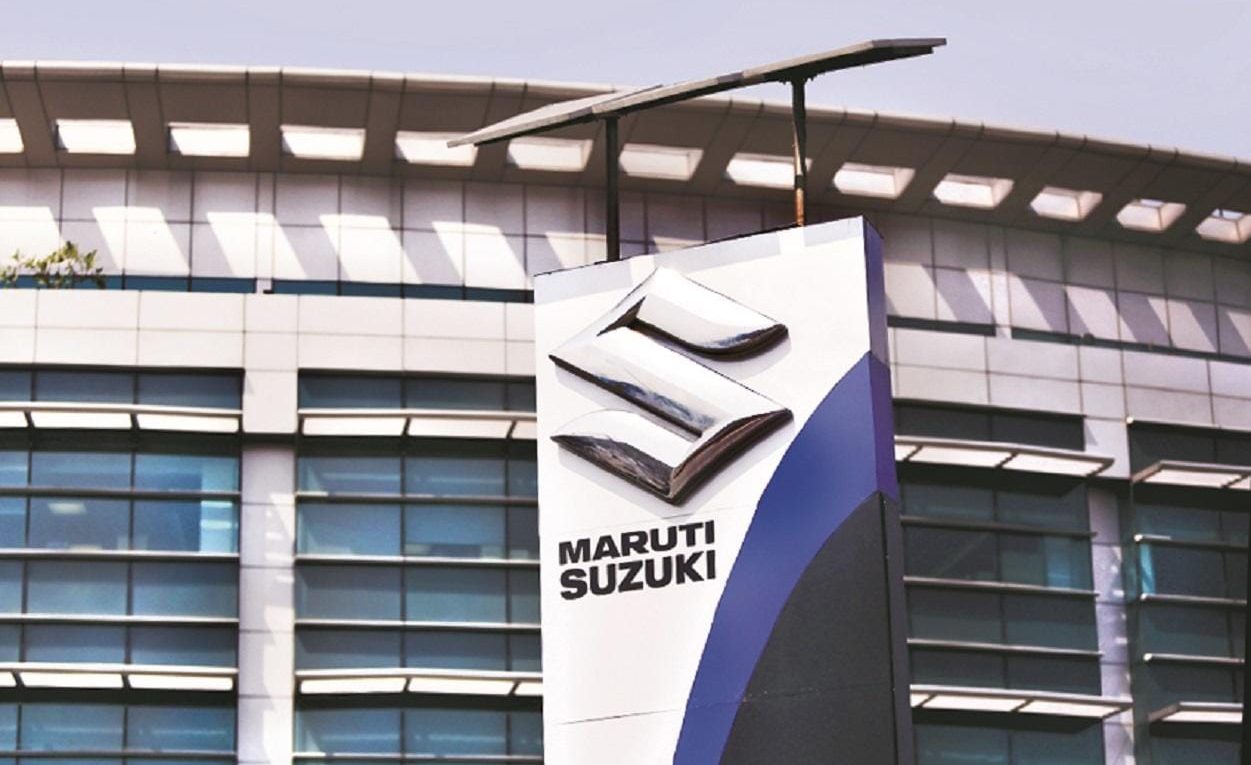Maruti Suzuki bets on strong hybrids to drive growth in green vehicles | Company News – Business Standard
Maruti Suzuki, the largest car manufacturer in the country, will be betting on strong hybrids for growth in the green vehicles’ segment.
The company anticipates that 25 per cent of its sales will come from strong hybrids in the foreseeable future.
“The total industry volume is expected to reach 6 million units by financial year 2030-31. From this, 3 million units will come from Maruti Suzuki. And, we expect 15 per cent of our sales to consist of electric vehicles (EVs) and 25 per cent from strong hybrids,” said Shashank Srivastava, senior executive officer of marketing and sales, Maruti Suzuki.
This shift towards strong hybrids is notable given recent market trends. In 2022, hybrid cars held a mere 0.5 per cent market share, but by 2023, this figure surged to 2 per cent. In contrast, EVs experienced growth from 1.3 per cent market share in 2022 to 2.2 per cent in 2023. The rapid increase in market share for hybrid cars suggests a growing preference among consumers, outpacing the growth rate of EVs.
Maruti Suzuki has established itself as a leader in the hybrid vehicle market with the introduction of six mild hybrid models, labeled as ‘smart hybrid cars’— including the Ertiga, Brezza, Ciaz, XL6, Grand Vitara, and the Fronx. But it’s the ‘strong hybrid’ segment that is poised for significant growth in the future.
The company has already sold 24,047 strong hybrid models to date, with 16,268 units sold in 2023 alone.
It offers the most extensive range of strong hybrids, which includes models like the Grand Vitara and Invicto, termed as ‘intelligent electric hybrid cars.’
However, currently the domestic automotive market is dominated by mild hybrid cars in the hybrid category.
According to Vahan data, approximately 760,000 hybrid vehicles have been sold since 2020, in contrast to 130,000 electric cars.
A mild hybrid vehicle is equipped with a compact 48-volt battery and an electric motor that enhances the performance of the internal combustion engine (ICE). The vehicle primarily operates using the ICE, with additional support from the battery, resulting in improved overall efficiency.
In contrast, strong hybrids operate with two power sources: ICE and electric motors, typically with a capacity of 1 kilowatt hour (kWh).
The ICE powers the vehicle and simultaneously recharges the battery. When the battery is sufficiently charged, the electric motor propels the car for a limited distance before the engine resumes control, and this cycle repeats.
Getting a push
While government policies have historically favoured pure EVs, the landscape is evolving with the establishment of a new panel to assess whether strong hybrid cars merit similar policy backing through reduced taxation. This shift, experts suggest, is a potential win-win scenario for customers. It will create a level-playing field for both strong hybrids and EVs.
Industry experts believe that while mild hybrids have their place, it’s the strong hybrids that truly serve the purpose of environmentally-friendly vehicles. They emphasise that original equipment manufacturers (OEMs) should prioritise increasing sales of strong hybrids.
“Strong hybrids will play a crucial role in the interim. Any support from the government will be a win-win situation for the country,” said Preetesh Singh, specialist CASE and alternate powertrains, NRI Consulting & Solutions.
Achieving the projected decline in petrol’s market share from 80 per cent in FY23 to just 10 per cent by 2040 will require alignment between government policies and industry perspectives, particularly in promoting the push for strong hybrids, Singh said.
Apart from Maruti Suzuki, Hybrid passenger vehicle sales have remained largely dominated by other Japanese automotive industry giants such as Toyota Kirloskar Motor, Honda Cars India, Lexus India, and others.
First Published: Feb 23 2024 | 9:13 PM IST
